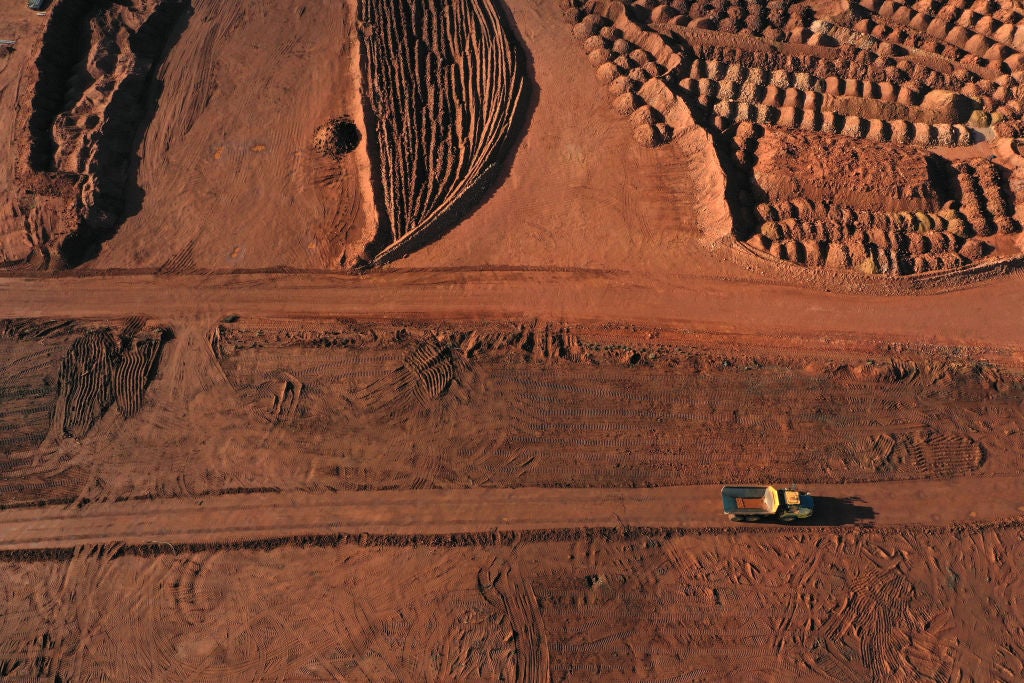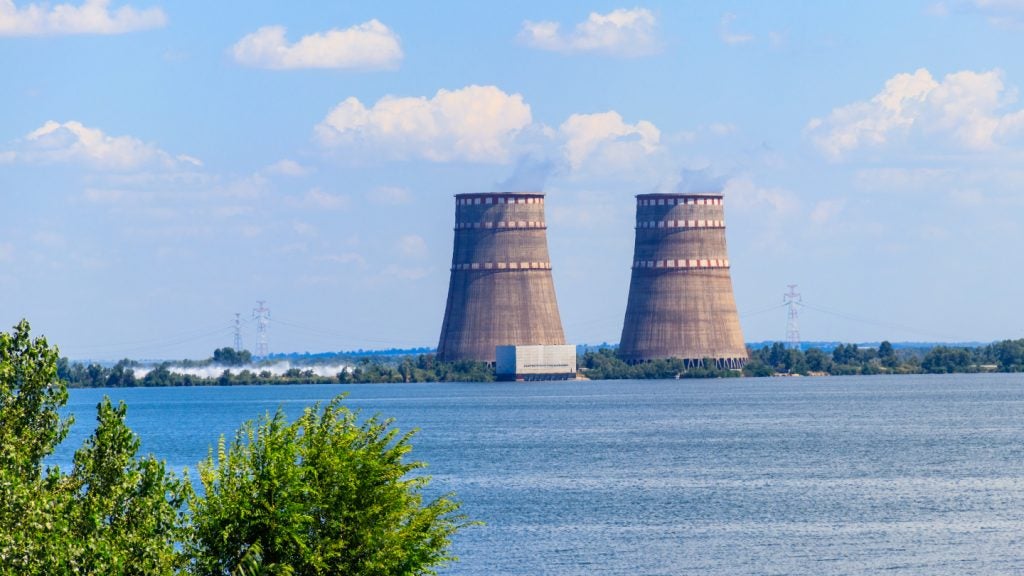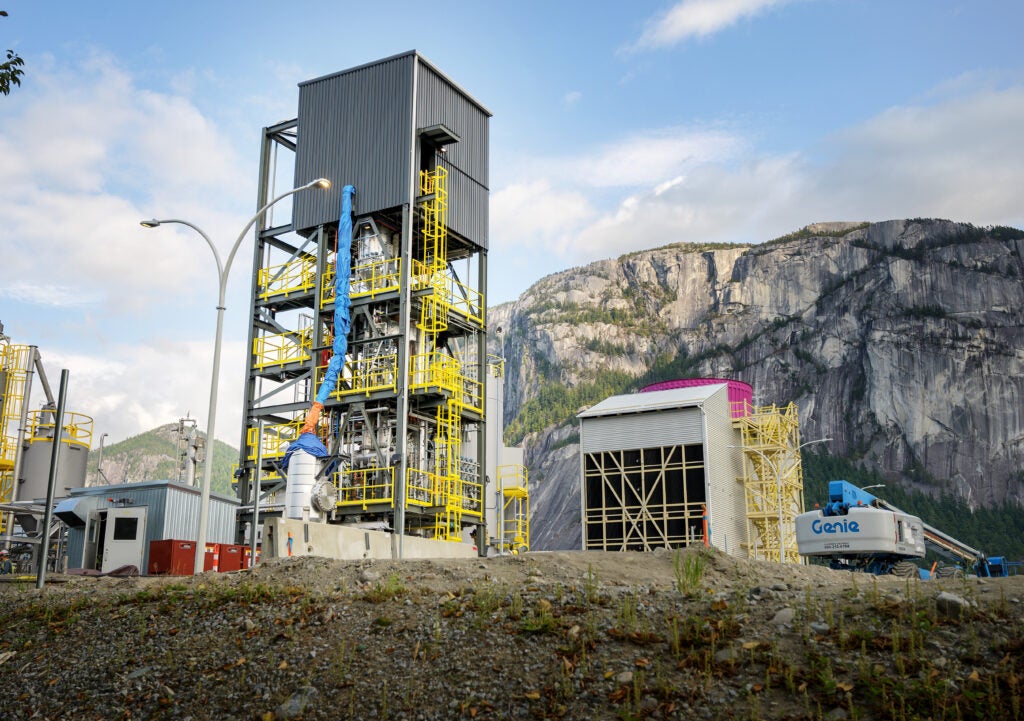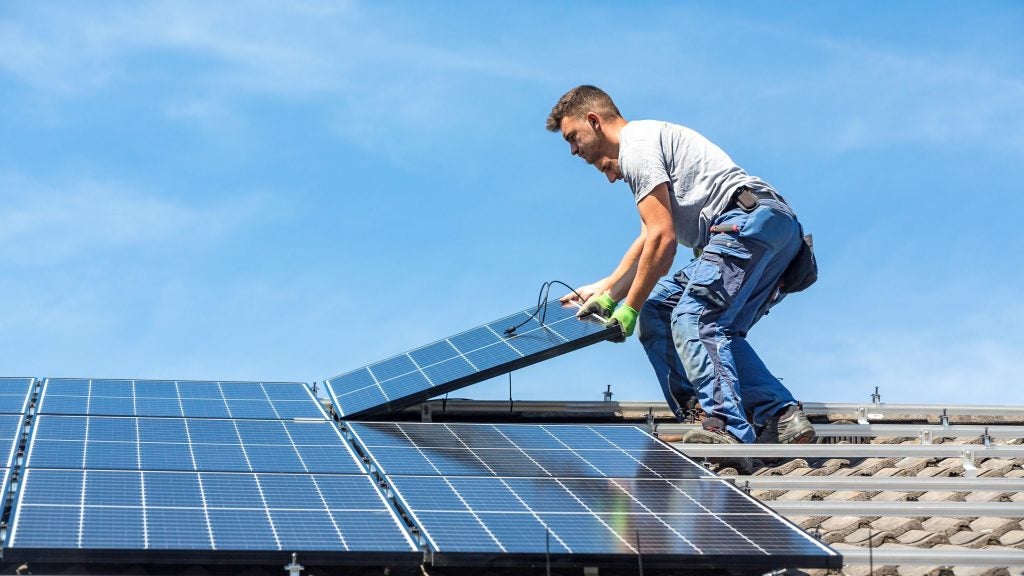Chinese overseas investment in metals and mining via the Belt and Road Initiative is set to reach a record high this year, finds new research from the Green Finance and Development Center (GFDC), a research centre based at Fudan University in Shanghai.
According to the report, the value of Chinese investments and new contracts in the metals and mining sector has already exceeded $10bn during the first half of 2023 – a 131% growth rate when compared with the same period last year.
The report, which tracks the growth of China’s Belt and Road Initiative, highlights the metals and mining sector as a “growth area of strategic importance" to the country, given this area is “particularly relevant to the green transition”.
Indeed, critical minerals such as copper, lithium, manganese and nickel, are among those necessary to the development of technologies behind solar PV, wind energy, electric vehicles and energy storage.
And yet, as highlighted in Energy Monitor’s Critical Minerals Tracker, one of the biggest challenges the mineral sector will face in the coming years is the gap between future production and rising demand. This problem is exacerbated by the fact that critical minerals deposits are concentrated in a few countries that either have rich natural resources, or an outsized influence on supply chains.
[Link src="https://www.energymonitor.ai/sectors/power/energy-monitors-critical-minerals-tracker/" title="Visit Energy Monitor's new Critical Mineral Tracker: Track production data and forecasts for lithium, cobalt nickel and copper, plus reserves, visualised against demand" font-size="20px"]China, for example, is by far the dominant global player when it comes to refining critical minerals, refining 68% of nickel, 40% of copper, 59% of lithium and 73% of cobalt.
Through the Belt and Road Initiative, China has staked its claim to critical minerals in a number of countries throughout South America, Asia and Africa. The Democratic Republic of the Congo’s mining sector, for example, is now 70% dominated by Chinese investors.
According to GFDC’s report, Chinese Belt and Road Initiative engagement with critical minerals has been particularly “strong” in African and Latin American countries, with notable examples of such engagement including “significant expansion” of lithium and copper mining (both mines and processing) within the last six months, via Chinese iron ore company Hainan Mining acquiring part of a lithium mine in Mali, a copper processing plant agreement in Saudi Arabia, and commissioning a lithium processing plant in Zimbabwe.
Data from Energy Monitor’s parent company, GlobalData, shows this is just the start, with the number of planned mines (under development or exploration) outside of China, whose primary equity owner is a Chinese company, and which contains critical minerals (defined as chromium, cobalt, copper, graphite, iron ore, lead, lithium, manganese, vanadium and zinc), set to double, from 40 currently in operation to 89 planned.
According to GlobalData, while majority-state owned Chinese companies have, to date, developed the majority of their operational mines containing critical minerals domestically, there are plans to develop many more mines overseas.
Further analysis from GlobalData reveals that these mines are predominantly located in the Global South, in countries located in South America, Africa and Asia, as well as in some parts of Eastern Europe, Canada and Australia.
According to GlobalData, Chinese companies are planning 27 new mines containing critical minerals such as copper and iron ore in Australia, while the most common mineral associated with Chinese-owned mines globally (outside of China) is copper.














